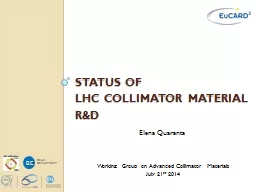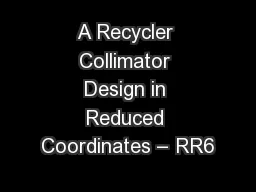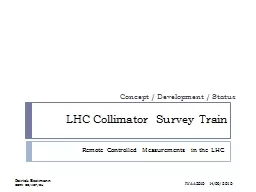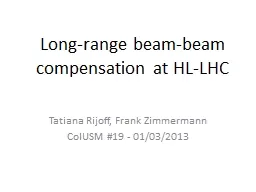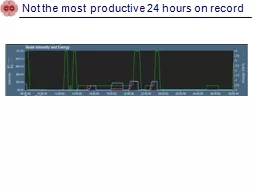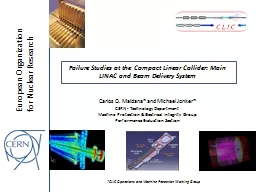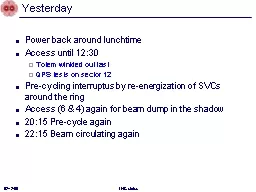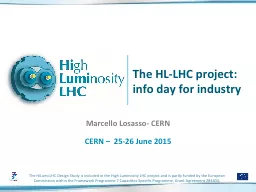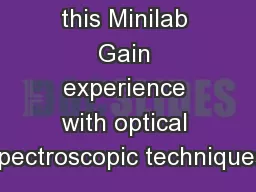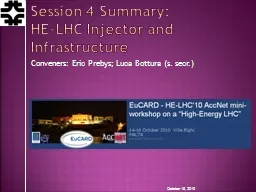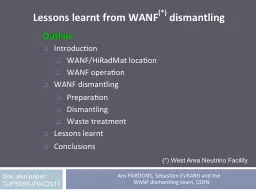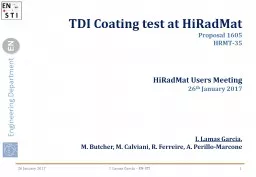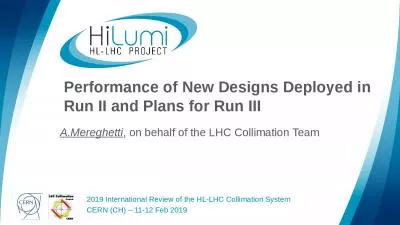PPT-Status of Lhc collimator material R&D
Author : relylancome | Published Date : 2020-06-23
Elena Quaranta Working Group on Advanced Collimator Materials July 21 st 2014 BE BEAM DEPARTMENT Outline Overview of present LHC collimator materials Post LS1
Presentation Embed Code
Download Presentation
Download Presentation The PPT/PDF document "Status of Lhc collimator material R&am..." is the property of its rightful owner. Permission is granted to download and print the materials on this website for personal, non-commercial use only, and to display it on your personal computer provided you do not modify the materials and that you retain all copyright notices contained in the materials. By downloading content from our website, you accept the terms of this agreement.
Status of Lhc collimator material R&D: Transcript
Download Rules Of Document
"Status of Lhc collimator material R&D"The content belongs to its owner. You may download and print it for personal use, without modification, and keep all copyright notices. By downloading, you agree to these terms.
Related Documents

